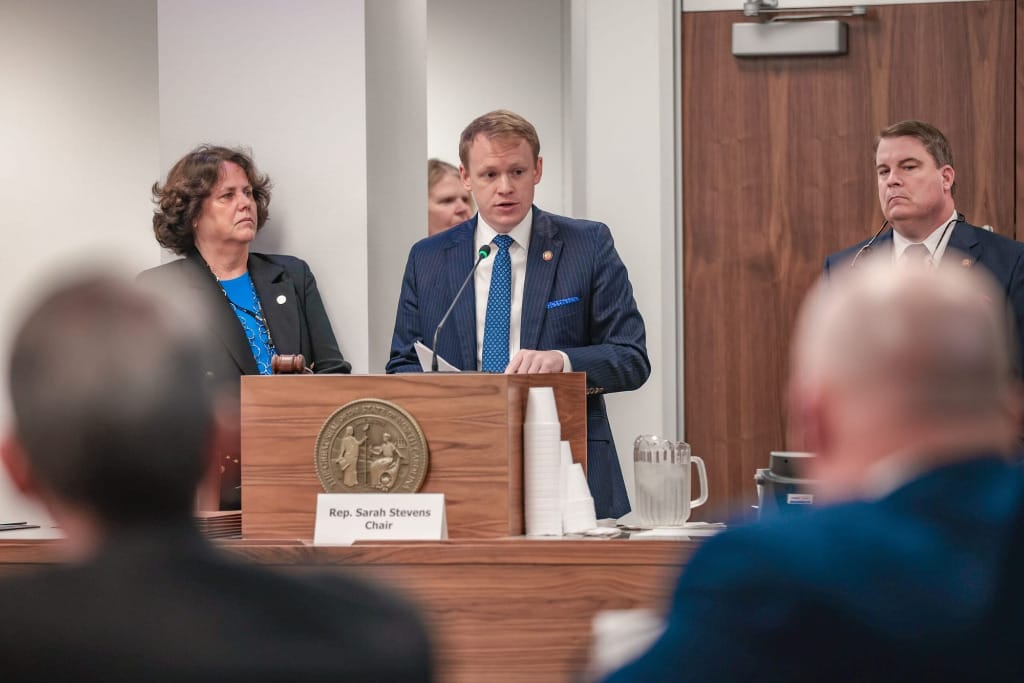North Carolina to Inject New Money into Broadband Deployment Program
The state aims to increase broadband access in 37 counties
Ari Bertenthal

WASHINGTON, Sept. 13, 2024 – North Carolina's Republican House and Senate on Friday agreed to inject new money into a program supporting broadband deployment projects.
North Carolina’s General Assembly, including Republican lead sponsors Reps. Destin Hall, Brenden Jones and Carson Smith, agreed on a bill that will provide the state’s Department of Information Technology with $190 million in an effort to jump-start the state’s Completing Access to Broadband program.
The funding will reportedly come from the State Fiscal Recovery Fund and the Coronavirus Capital Projects Fund and will flow to 37 counties throughout the state. Funded counties will include Caldwell, Pender and Columbus, the municipalities of representatives Hall, Jones and Smith.
North Carolina is not the first state to utilize federal COVID-19 relief money to connect residents. Broadband officials in Vermont, for example, decided to use leftover funds to connect low-income residents with fiber internet networks.
North Carolina’s CAB program stipulates that no county may receive more than $8 million in funding per fiscal year from the $190 million appropriation.
CAB includes a matching requirement. Any broadband service provider selected for a project must provide 30 percent of the total project cost, according to the state legislature.
North Carolina’s broadband office under the Department of Information Technology will be responsible for overseeing CAB’s implementation, a regulatory approached adopted by other states.
According to North Carolina lawmakers, a broadband service provider selected for a project must agree to provide the state office with reports on the project’s goals, timelines, benchmarks, and proposed broadband speeds.
Upon the completion of a project, the office will be responsible for the dispersal of any remaining funding to the involved service provider, thus offsetting the potential cost of the program on the provider and potentially stimulating market growth.











Member discussion